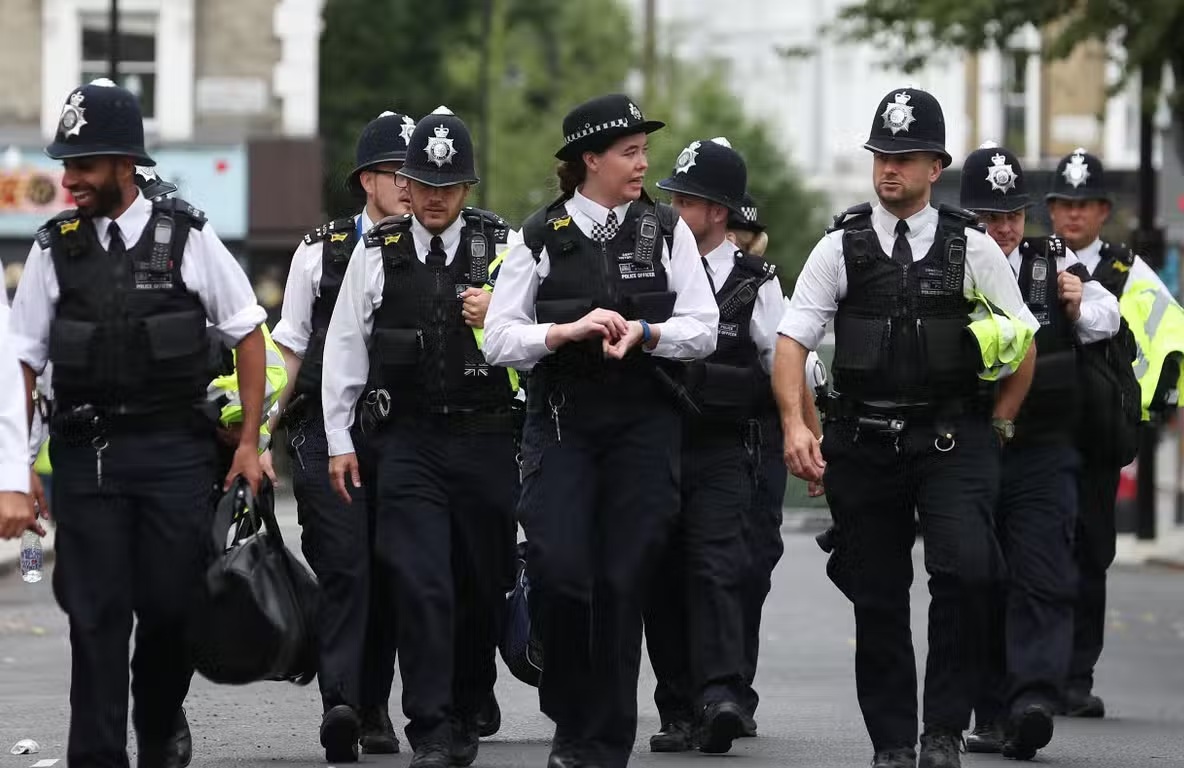An Inconvenient Truth: Countering Terrorist Narratives – Fighting a Threat We Do Not Understand
Dr. Alastair Reed
In a recent report, ‘Countering Terrorist Narratives’, written for the European Parliament LIBE committee by my colleagues Dr Haroro Ingram, Joe Whitaker and myself, we provided an overview of the multiple different projects and approaches being enacted at the International and European levels. Many different approaches have developed, each aiming to tackle the threat of terrorist narratives from a different angle. The report highlighted four key trends in current efforts to tackle terrorist propaganda: i) Disruption of propaganda distribution; ii) The redirect method (where counter-message adverts are targeted at users by their search terms); iii) Campaign and message design; and iv) Government communications and synchronisation of message and action. While no approach is a silver bullet and each approach has its own merits, the report made clear that a comprehensive approach is needed.
However, another somewhat inconvenient truth that emerged in the report is the distinct lack of empirical research on which these approaches are based. In short, there is little evidence to support the underlying assumption of all of these approaches: that consumption of violent extremist material leads to the involvement in violent extremism activity. Kate Fergusson goes further by highlighting three underlying but unproven assumptions that lie at the heart of counter-narrative approaches. These assumptions are, in turn, neatly summarised by Andrew Glazzard as the ideas “that violent words lead to violent deeds, that counter- narratives can replace terrorist narratives, and that the actual threat of violent extremism can be mitigated through discourse”.
Nonetheless, we must be careful not to jump on the cynic’s bandwagon and conclude that the lack of empirical evidence to support the current approaches to countering terrorist narratives means that they do not work at all. Rather, the point is subtler in that we do not properly understand the relationship between consuming violent extremist material and engaging in violent extremist activity. Hence, if we do not understand the relationship between the two, then we are to a certain extent working in the dark when it comes to developing methods to counter this relationship.
Moreover, the pursuit of effective counter-narratives is not based on a complete lack of evidence. In fact, the picture is somewhat mixed. Despite the lack of proof of a causal relationship, there is some evidence to suggest that violent extremist material can contribute to the conditions in which violent extremist activity is more likely to occur. Furthermore, there is a strong argument to be made for seeing a link between violent extremist material and violent extremist activity. Some of the most successful extremist organisations in history have poured considerable energy and resources into making propaganda central to their efforts, consider for example its importance to Nazi Germany. Currently, this is demonstrated by the seemingly effective propaganda efforts of the so-called ‘Islamic State’ (IS). If such successful extremist organisations felt that propaganda was so central to their cause, it implies that they at least believed it was effective.
Similarly, there are some critics as well as some anecdotal evidence that suggest that counter-narrative approaches are not just ineffective, but have actually made the situation worse, and are themselves part of the problem. However, while criticisms of individual counter-narrative campaigns may be valid, it would be wrong to extrapolate from these examples that counter-narrative campaigns in itself are all bad. Rather, not all counter-narratives were created equal! Highlighting another glaring gap in the research, it is not so much a question of whether counter-narratives work, but rather which ones work and why? In short, what makes an effective counter-narrative and what does not? Again, the lack of research on these issues means that we are effectively working with one hand tied behind our backs, due to an insufficient understanding of the impact of counter-narratives.
So, what to do? In an ideal world, we would stop all current efforts and plough all of our time and money into more fundamental research until we can come back with the answers. However, terrorism won’t wait for us to carry out research! We do not have the luxury of being able to tell policy makers to come back in five or ten years after academics have carried out all the necessary research. Solutions are needed now.
Of course, a sense of urgency should not be used as an excuse to do away with research or evidence-based approaches. Rather, we should know our limitations and accept that we do not have all the answers and face the reality that we will need to continue to develop and test our research in the field. This is a huge responsibility, which will call for rigorous standards and methodologies to ensure that this is done responsibly and effectively. Three key points must be prioritised, in order to deliver this in projects to counter terrorist narratives. First, projects must be based on a clear theory, that outlines what effect the project is intended to have, and the causal process by which they believe this will happen. The second is that monitoring and evaluation provisions must be hardwired into all projects. It is only through vigorous monitoring and evaluation that we can hope to identify which approaches work and which do not, and crucially why they do or do not work. Finally, these lessons learned must be fed back into the research and development of the next round of projects.
The threat from terrorist propaganda is real, but like the most terrifying of fears, it is one we do not fully understand. To invest more in research so that we properly understand the phenomenon that we are trying to counter, is equally important as putting into practice on the ground projects to counter terrorist narratives. Perhaps more importantly, without following the steps above we run the risk of at best re-inventing the wheel, and at worst, repeating avoidable mistakes.
ICCT Center




